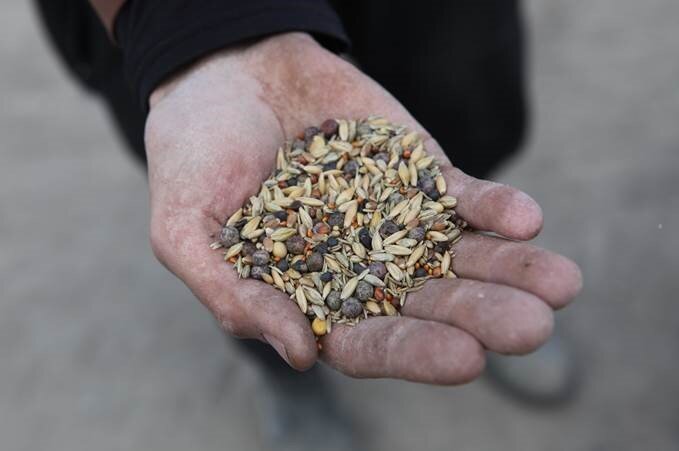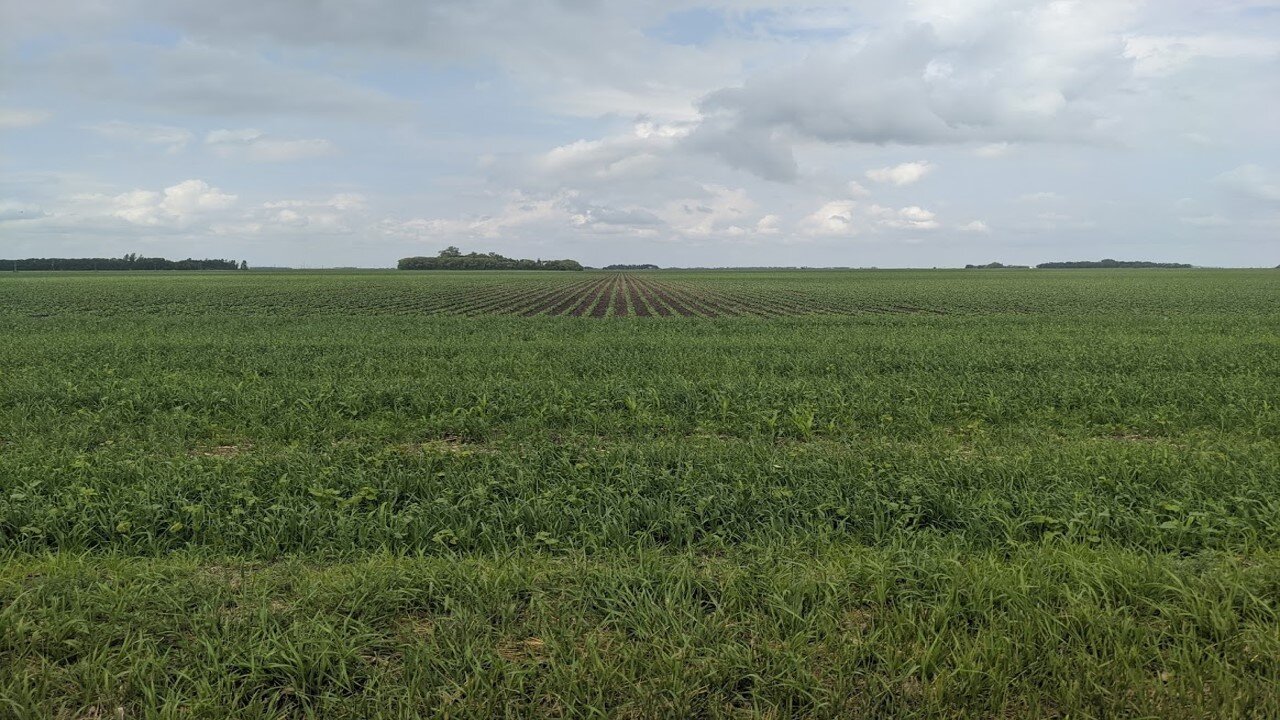Soil Compaction Trial
Connecting Farmers To Soil Health
Hello, Friends.
Today we wanted to touch on the positive effects plant diversity and a Full Season Cover can have on soil compaction & water infiltration.
The Before & After
See the pictures below of a compacted headland in the red river valley and the results of a Full Season Cover.
Before. GPS referenced point in field
After. GPS referenced point in field
The Experiment
The Idea: Grow a 15 species Full Season Cover on this compacted headland.
Why? To mimic mother nature & provide:
1. Diverse Root Architecture (different rooting depths)
2. Diverse Root Exudates (stimulating different biology)
3. Mycorrhizal Fungal Network (glomalin production)
4. Living Root Year Round (liquid carbon pathway)
15 Species Full Season Cover
The Growing Season
The Full Season Cover was grown on the headland where compaction was the greatest.
The Economics
See below for some quick farmer math on the economics of this trial
Protein: 14.0
TDN: 63
*based on the average of 5 dry hay feed tests.
850 small square bales were made on 20 acres.
@ $8.00/bale
=$325/acre
"At $8.00 per small square bale, I can gross $325/acre on these bales. Only input cost is the seed and there is nice re-growth already."
The Re-Growth
The Soil (before & After)
Before & After the Full Season Cover was grown. GPS Referenced Area.
Water Infiltration
"It's not how much rain you get in the rain gauge, it's how much water your soil can infiltrate"
By balancing the Carbon: Nitrogen ratio at the ideal 24:1, you are allowing the microbes to build soil aggregates. Strong and stable soil aggregates create pore space which houses soil biology and allows water to infiltrate and hold.
The Formation of Soil Aggregates
Soil aggregates not only allow your soil to infiltrate water but to hold it as well. A soil that has a “cottage cheese” or “chocolate cake” look is a great indicator of a healthy, fungal dominant soil.
Forming soil aggregates requires both biological and physical actions. Having a living root in the ground (carbon exchange) will allow for mycorrhizal fungi colonies to be established. Once established, they release a glue called “glomalin”. This glomalin then glues micro-aggregates, clay, silt, plant/fungal debris & particulate organic matter decomposed by saprophytic fungi together to form what is known as a “soil aggregate”.
The Value To Next Year’s Crop
We plan to monitor this headland vs. the rest of the field as next years cash crop is grown and harvested.
To learn more about how the full season cover & plant diversity can biologically jumpstart and transform your soil, click here.
To sign up for this blog, click here.
With Gratitude,
The Covers & Co Team
Joseph Gardiner, Travis Avery, Owen Taylor, Mark Fallis










